Vancouver Island is a 283-mile-long paradise for nature lovers, located just off the coast from Vancouver, in Canada. Think rugged coastlines and long, sandy beaches pounded by the Pacific Ocean. A mountainous interior, speckled with alpine lakes and threaded with rivers. Swathes of ancient rainforest and groves of towering Douglas fir trees. A scattering of islands and inlets offshore, surrounded by calm waters, perfect for kayaking.
Josiane Bureau, who directs an outdoor company, makes frequent trips to Vancouver Island. “It's a good place to do slow travel. You can relax and unwind, while still staying active—there’s a really relaxed vibe but also lots of outdoor activities on offer,” she says. “Lots of people visit for the wildlife. You have the chance to see whales, bears, sea lions, seals, sea otters, and a lot of birds. The animals are all really present.
It's a good place to do slow travel. You can relax and unwind, while still staying active
“The scenery over there, the Pacific Ocean mixed with the temperate rainforest, makes it a really dramatic landscape. There's a lot of coniferous trees, moss. So it's very wild. You have excellent views, even when you’re on a road trip.”
In this guide, Josiane shares her favourite hikes, places to visit and where to stay on Vancouver Island.
Where is Vancouver Island?
Vancouver Island is located off the southwestern coast of British Columbia, Canada. It lies across the Strait of Georgia from the city of Vancouver and is part of the Pacific Northwest region. The island’s main city of Victoria is the capital of British Columbia.
What to Do on Vancouver Island
1. Go on A Wildlife Watching Boat Tour
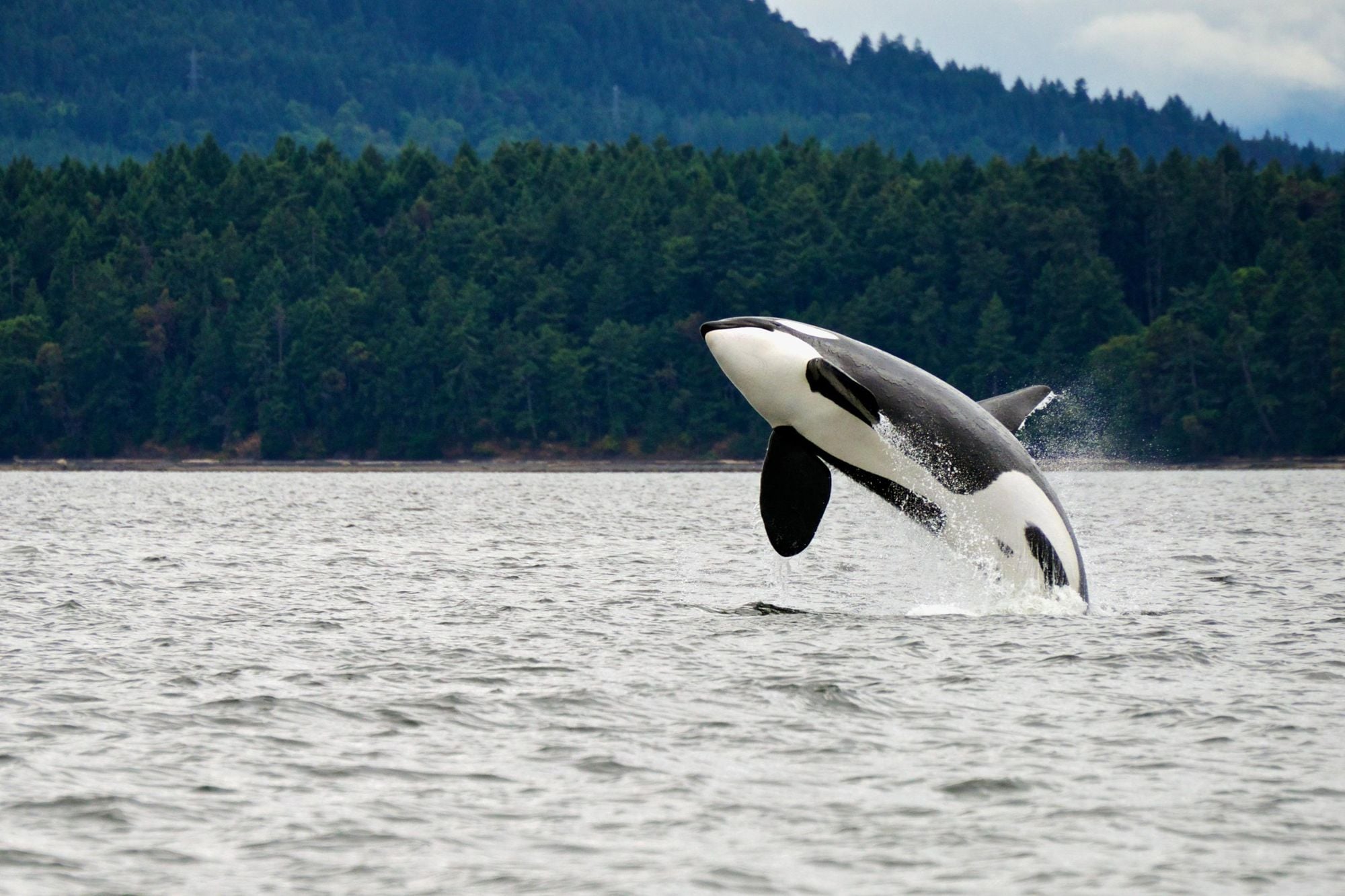
Josiane’s top recommendation is to head out on a boat tour to watch wildlife.
“It can be a whale watching tour, a bear watching tour or a more general wildlife tour, but you have to get out onto the water,” she says. “If you want to see black bears, you can do it all summer long in Tofino. They will take you on a boat trip along the coast and try to find the bears.
“If you want to see the grizzlies, then you have to go on I would say the north shore of the island, around Campbell River. But this is only from the end of August to October, when the grizzlies come down to feed on the salmon.”
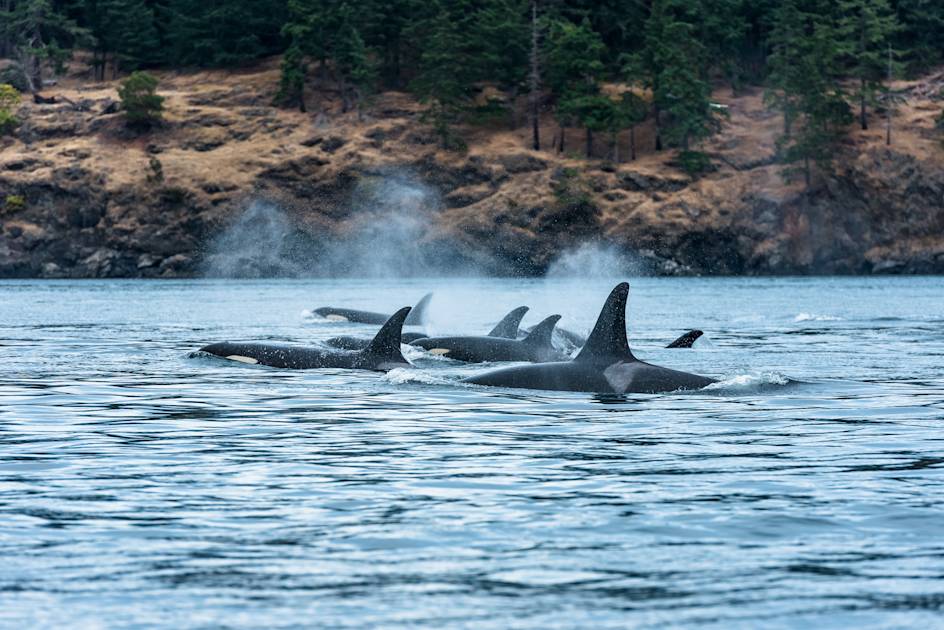
2. Surf in Tofino
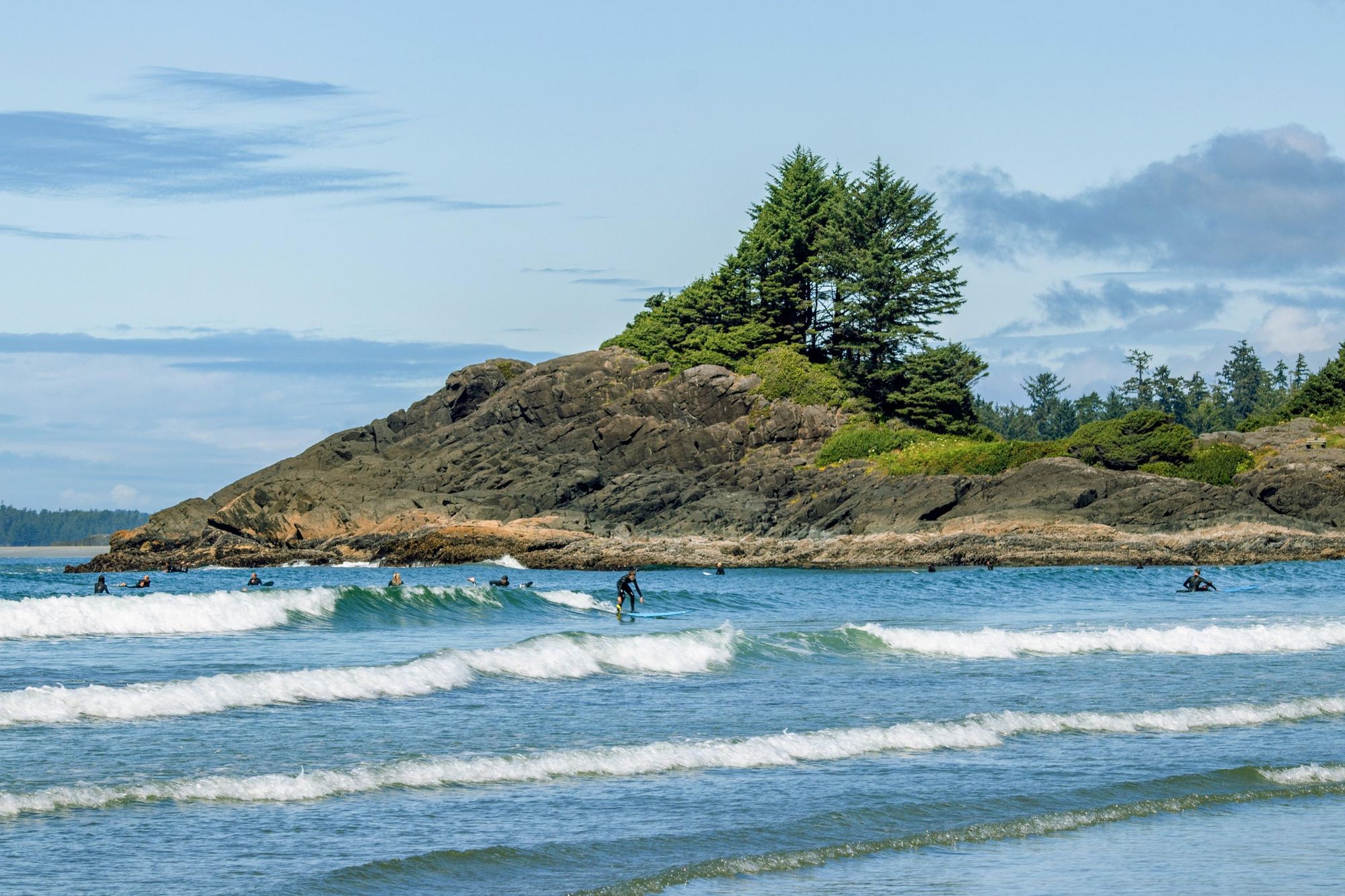
One of the most popular activities on Vancouver Island is to go surfing in the town of Tofino, known as the ‘surf capital of Canada’. Tofino is surrounded by windswept sandy beaches, fringed with temperate rainforest. Not only does it attract veteran surfers, there are also plenty of surf retreats and classes for novices.
“There’s a very cool atmosphere there,” says Josiane. “In the summer when you go there the beaches are full of surfers. I was there in spring and the water was crazy cold, but there were surfers going in the water anyway.”
3. Kayak the Clayoquot Sound
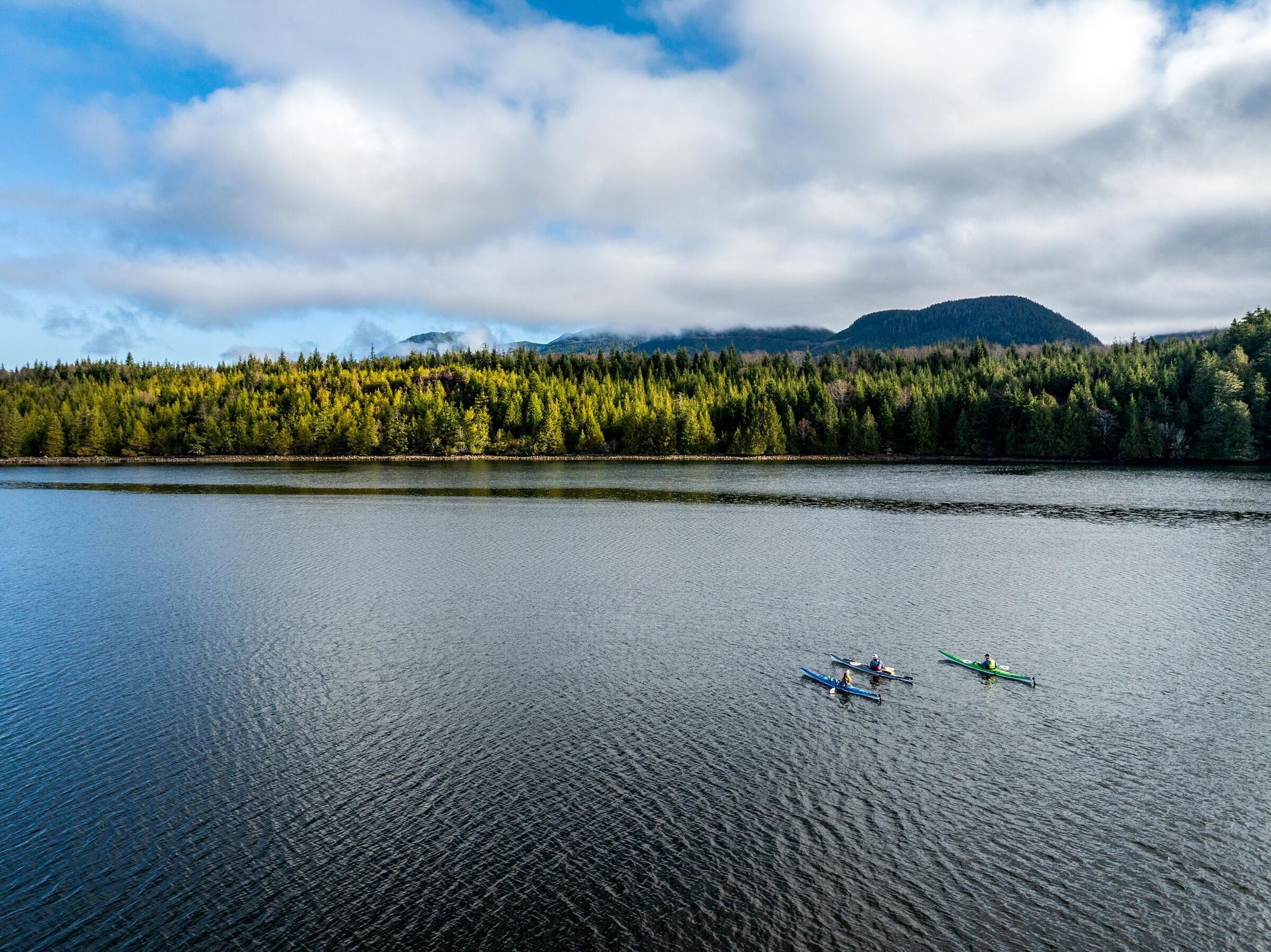
Vancouver Island is best explored on water, and kayaking provides a quieter alternative to a motorised boat tour. Josiane recommends the Clayoquot Sound, on Vancouver’s West Coast.
“It’s much quieter than when you're by the ocean and you can see the very dramatic landscape,” she says. “Sometimes you see wildlife—you can get much closer to the animals when you're on a kayak.”
You can get much closer to the animals when you're on a kayak
Embark on an overnight kayaking tour, paddling round islands and inlets carpeted in ancient rainforest - you can even pull ashore for short hikes (we recommend the aptly named Big Tree Trail on Meares Island). Your guide will then lead you to an overnight camping spot, where you can watch the sun set and enjoy some freshly cooked food on the barbecue.
4. Soak in a Secret Hot Spring
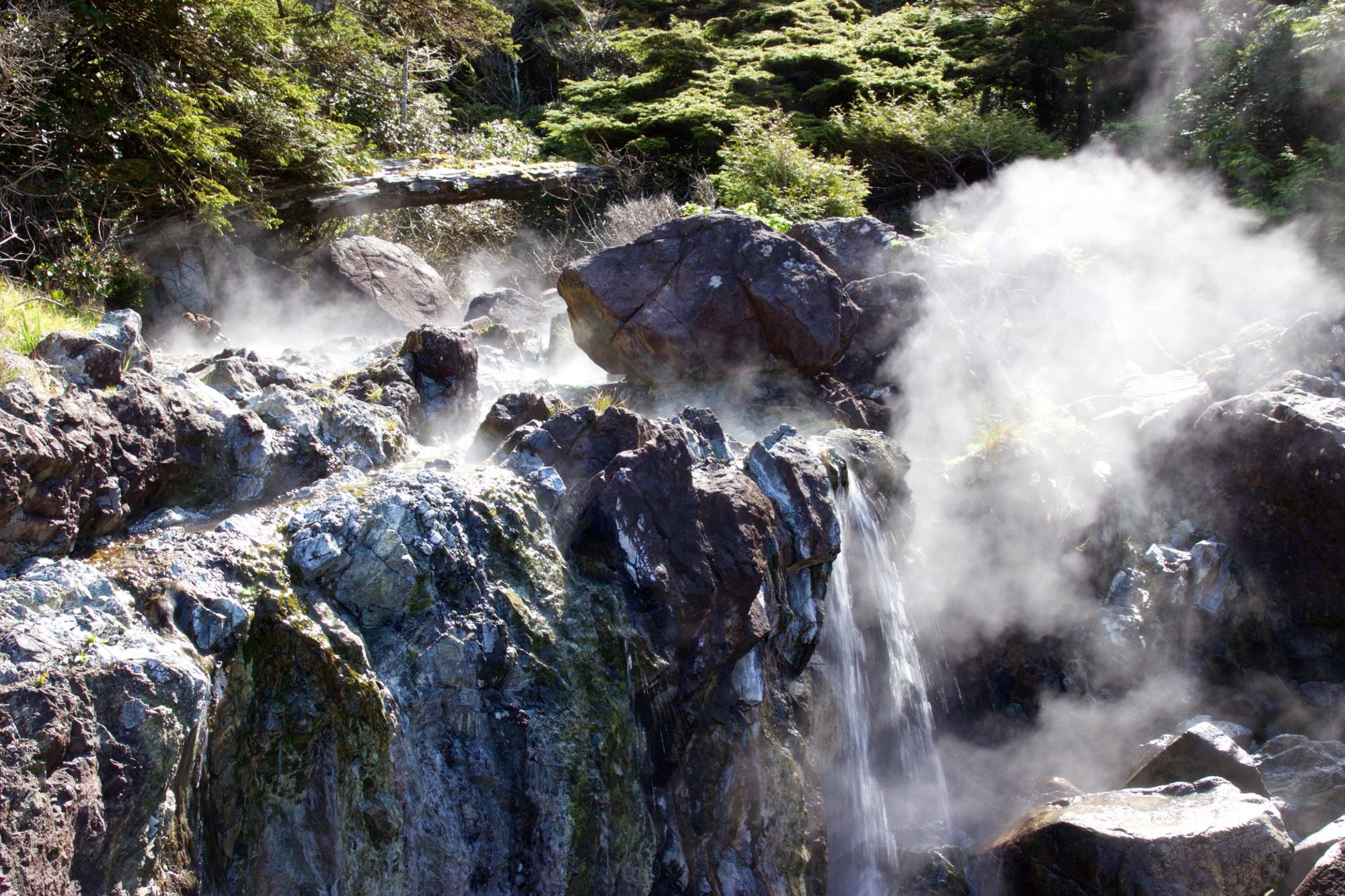
There are several hot springs on Vancouver Island, the most popular and picturesque of which is Hot Springs Cove, accessible by boat from Tofino.
“You have a 90 minute boat ride. Then you have to walk for 45 minutes on these boardwalks through the rainforest and then you arrive at those natural hot springs,” says Josiane. “There are changing rooms there, but the hot springs themselves are very wild. It’s very mossy on the stones when you get in, but the pools are really warm.
“Once you're too hot, you just cross over a rock, and then on the other side is the ocean. The waves come crashing to you and they're so cold that it just gives you a natural high.”
5. Take a Road Trip
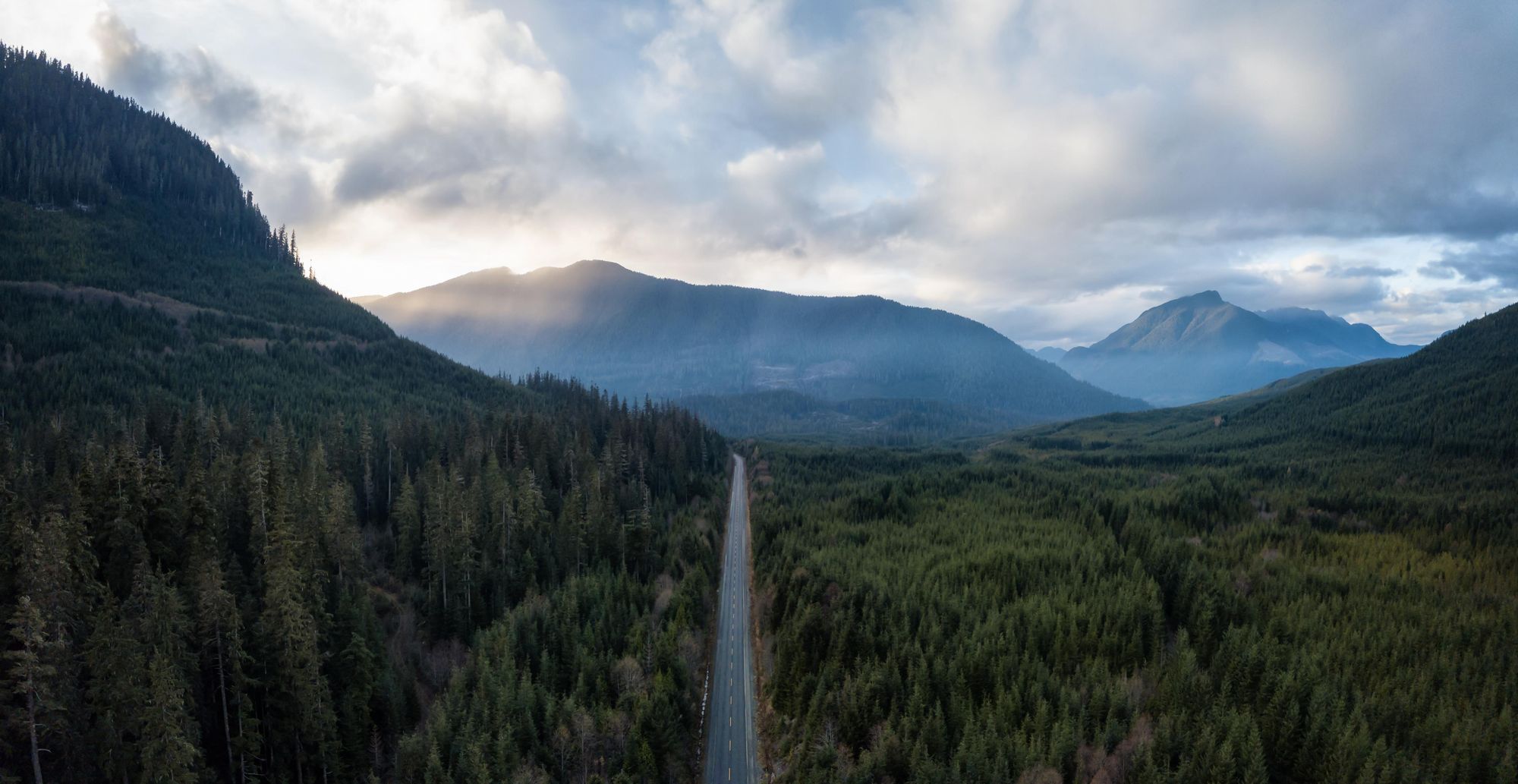
Most travellers to the island will arrive at the capital Victoria, on the southern tip of the island, and then travel to Tofino on the west coast. Due to the limited road network on the island, this involves travelling north along the coast through the Cowichan Valley district, and then cutting across the forested interior of the island.
“It's a narrow, winding road in the forest and through the mountains,” Josiane says. “It’s a good idea to organise a lot of stops along the way to make it fun, and not just a day of driving. We stop at a nice seaside village called Cowichan Bay, and at the Old Country Market where there's goats on the roof. It’s very famous, not only for the goats but because you can buy some great local products at the market.
“The main stop on that road, however, is Cathedral Grove which is where you can see the giant Douglas tree—one of the last bundles of untouched old forest that is standing over there. The trees are really big and very impressive. It’s a great place for a short walk to stretch your legs.”
Where to Hike on Vancouver Island
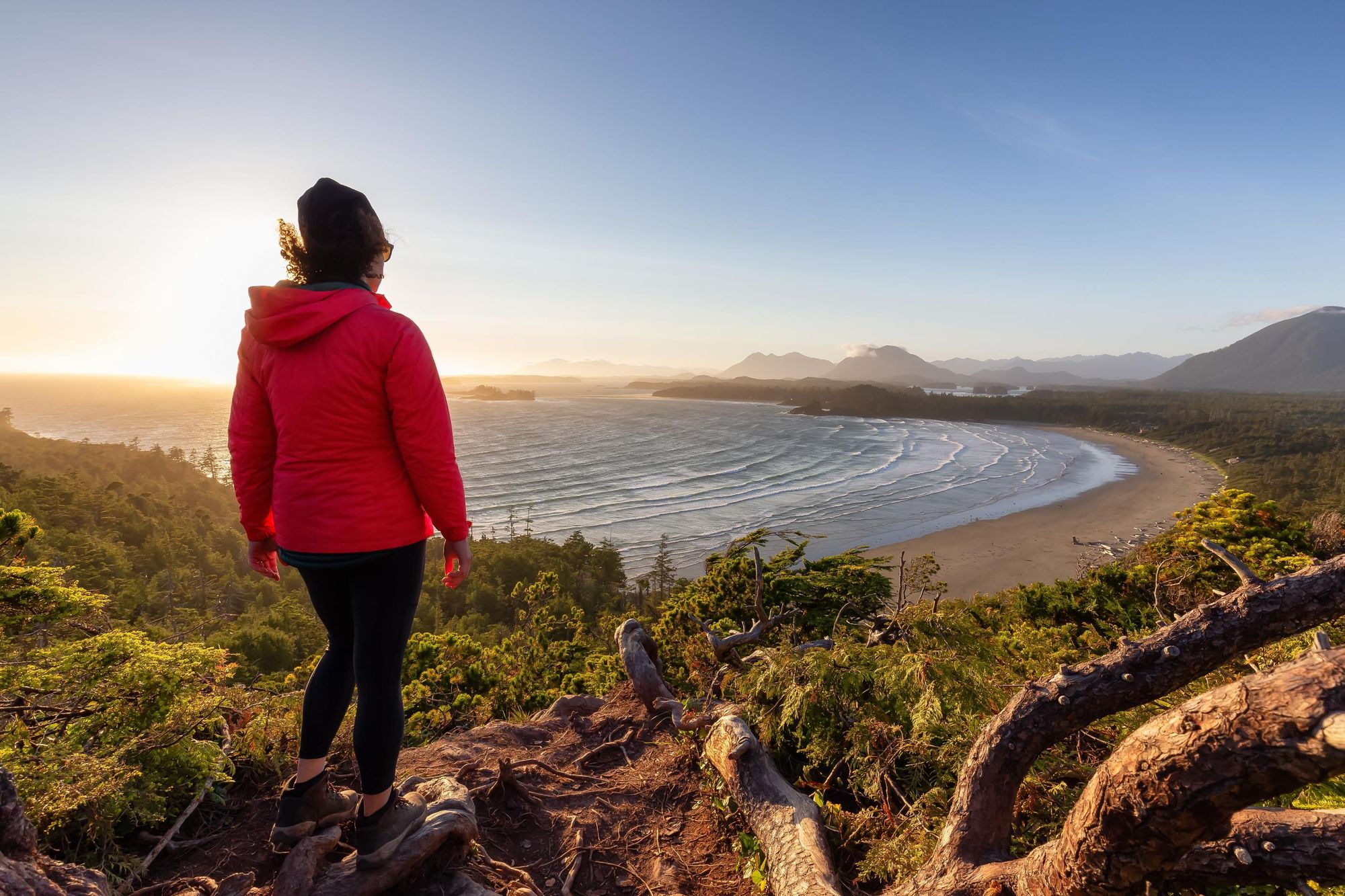
Vancouver Island is criss-crossed with hiking trails, taking you through its ancient rainforest and along the coastline. For mountain hikes, your best bet is to head to Strathcona Provincial Park.
“Pretty much all the hikes are steep, so you need to be in good shape to climb those mountains,” Josiane says. “You have these high mountains, but they are carpeted with rainforest. So, you climb up through the rainforest and then you arrive at the summit and the views are spectacular.

“Most hikes on Vancouver Island are very accessible and laidback, though. In the Canadian Rockies, you have all those massive mountains around you and you’ll do hiking days with 800 metres of elevation gain. On Vancouver Island you're more likely to take a walk for two, three hours. You're often by the ocean and it’s a much slower pace; you’re stopping to take pictures and look at wildlife.”
One of the most popular hikes on Vancouver Island is the Juan de Fuca Marine Trail, a 29 mile (47km) hike running along the coast from China Beach to Botanical Beach in the Juan de Fuca Provincial park. It hasn’t made our ‘best hikes’ list, as some sections of it are closed for the summer of 2025 due to storm damage.
“If you're going to go and do a coastal hike in Vancouver Island, just double check and make sure the trail is fully open before you head out,” Josiane recommends.
Best Hikes on Vancouver Island
1. Schooner Cove Hike

- Distance: 3.1 miles (5km)
- Best for: hidden beaches
This short hike is Josiane’s favourite on Vancouver Island, taking you through ancient rainforest and out to Schooner Cove, a beach only accessible at low tide.
This hike is amazing because you go up and down these wooden stairs through the rainforest, which is really atmospheric
“This hike is amazing because you go up and down these wooden stairs through the rainforest, which is really atmospheric,” she says. “When it’s low tide you can turn right and get into Schooner Cove, one of the nicest beaches on the island. To leave you walk back along the beach until you reach Long Beach, the most famous surf beach in Tofino, a very beautiful spot.”
2. The East Sooke Coast Trail
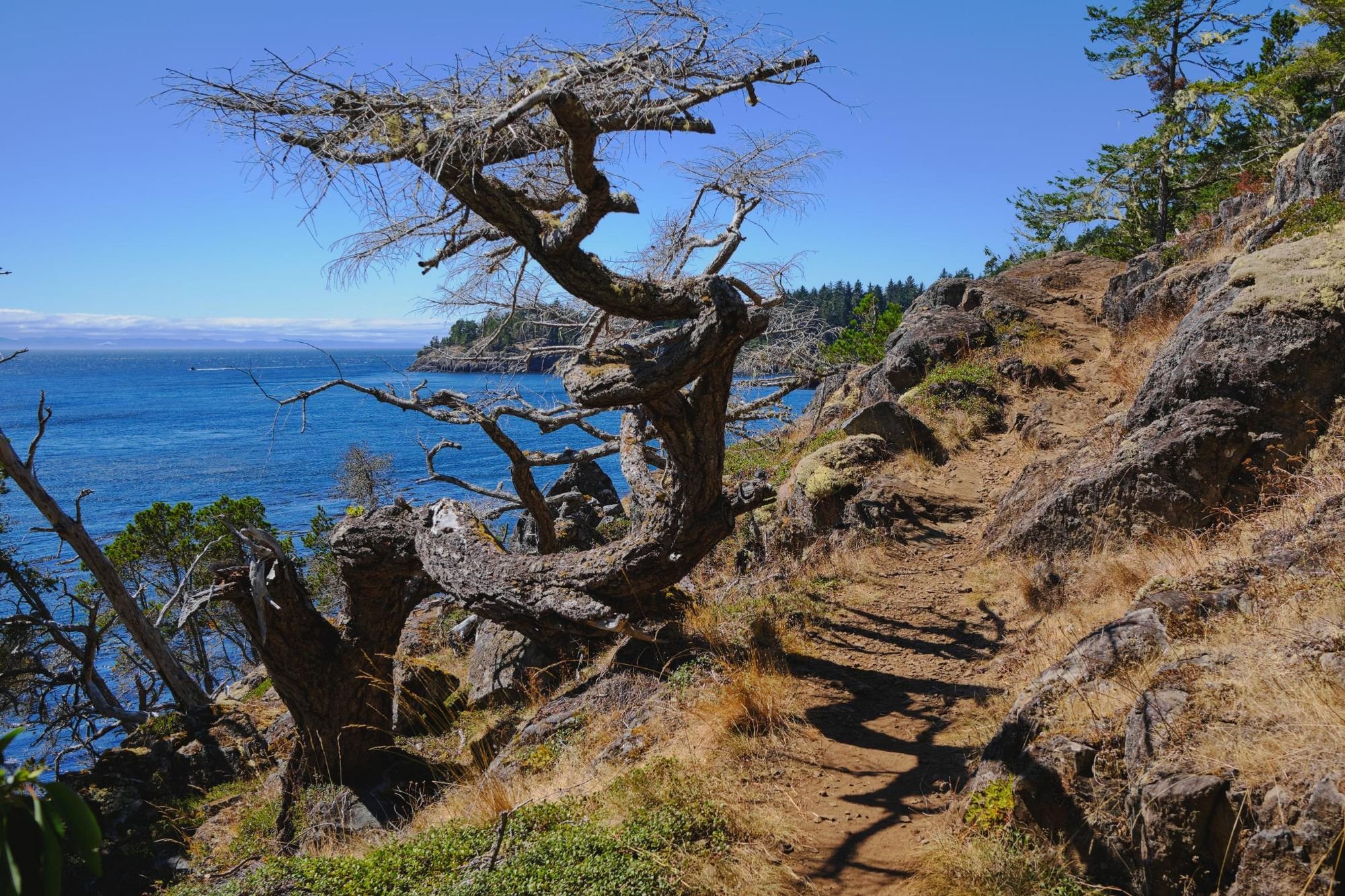
- Distance: 7.6 miles (12.3km)
- Best for: coastal hiking
The East Sooke Coast Trail is located on the rugged west coast of Vancouver, and takes you from Pike Road to Aylard Farm, both located a 45 minute drive from the capital, Victoria.
The route leads you along the rocky shoreline of the Juan de Fuca Strait, through pockets of temperate rainforest. Deserted beaches are visible through clearings in the trees. You’ll also be treated to views of the soaring Olympic Mountains, on the opposite side of the strait.

The route is one way—those wanting a shorter, circular route can begin at the Aylard Farm trailhead and hike southwards to Beachy Head, following the trail inland through the forest to return to Aylard Farm.
3. Wild Pacific Trail
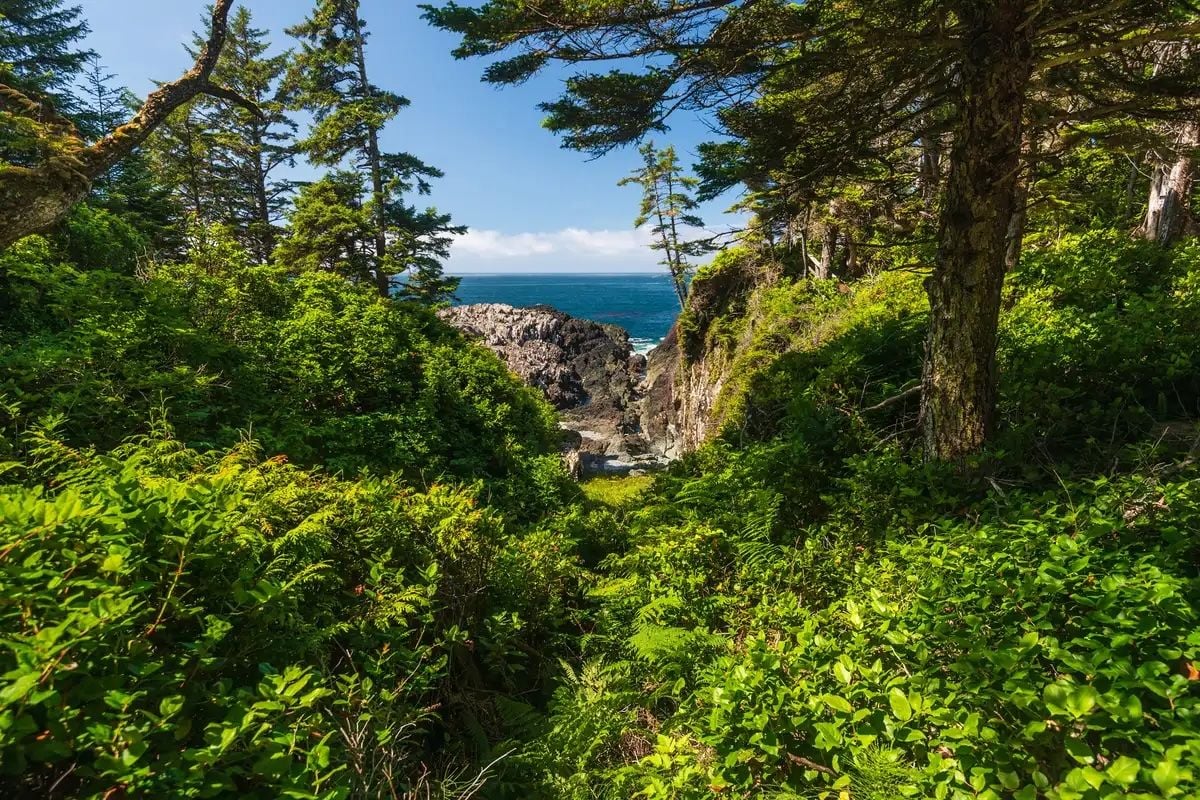
- Distance: 4.6 miles (7.5km)
- Best for: wild waves
The Wild Pacific Trail traces the rugged coast on the western side of Vancouver Island near the town of Ucluelet. Beginning at the Rocky Bluffs trailhead, you’ll head inland through ancient cedar forests, before returning to the coast for wild, windswept vistas of the coastline.
Continue on past a series of beaches until you reach the red-topped Amphitrite Point Lighthouse. The trail traverses mudflats beloved by wading birds, and wetlands studded with dwarf trees and interesting carnivorous plants. It’s a real insight into the diversity of the island’s pacific coastline.
4. The Lone Cone Hike
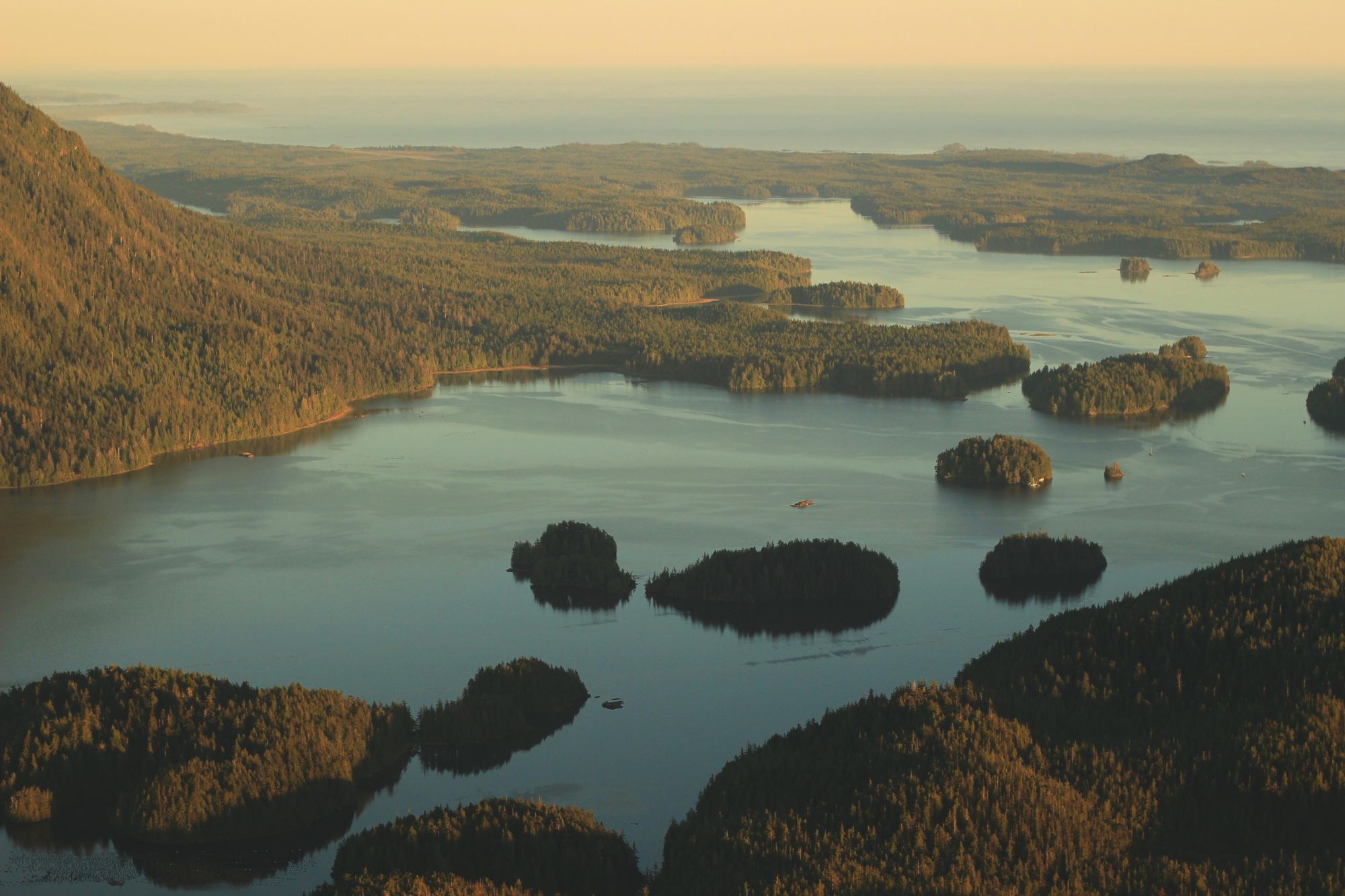
- Distance: 3.4 miles (5.5km)
- Best for: summit bagging
The Lone Cone is an isolated peak on Meares Island, accessible by water taxi from Tofino. Although only 742m high (2,434ft), it mustn’t be underestimated - you’re climbing it from sea level.
“It's the conditions that are tough, rather than the altitude,” explains Josiane. “It's in the rainforest and it's not really maintained. It's very muddy and slippery and steep, so it's not an easy one to climb. But when you get to the top, you have the views of the ocean and the mountains and everything surrounding it. So, it's very rewarding.”
5. Mount Albert Edward Summit Hike
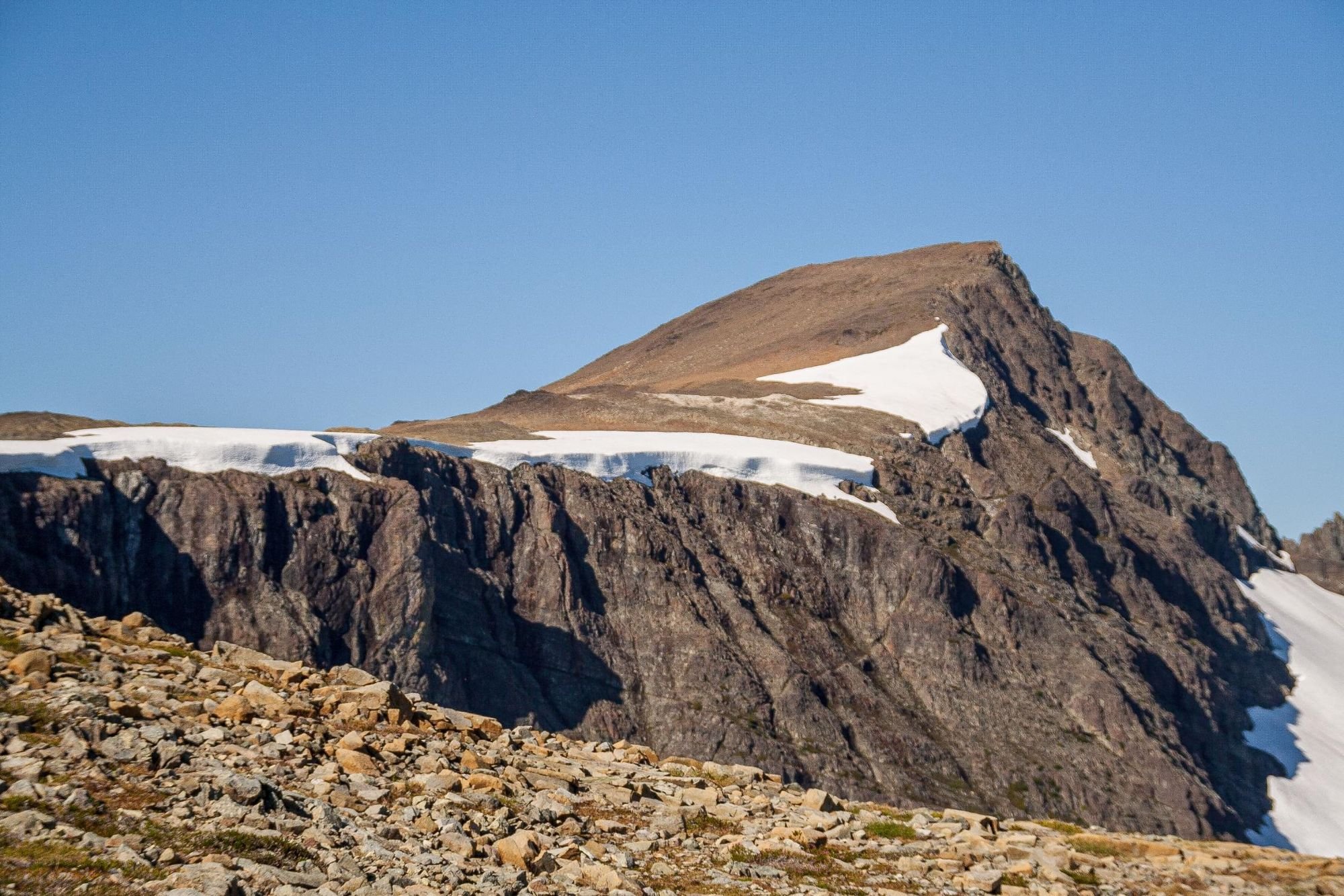
- Distance: 19.2 miles (30.8km)
- Best for: mountain views
This challenging day hike in Strathcona Provincial Park involves an ascent of Mount Albert Edward (2,093m/6,867ft), and serves up breathtaking views of the surrounding peaks. Begin on maintained trails to Lake Helen MacKenzie, then continue to Brooks-Elma pass and traversing a plateau carpeted in ancient forest towards Circlet Lake.
Just past the six mile mark, you’ll start the steep ascent up to the summit. You’ll emerge from the trees onto the arid slope leading up to the peak. Follow the cairns up towards the summit, where you’ll have superlative views of Strathcona’s most iconic peaks, including Mount Castlecrag and the Nine Peaks. Return the same way.
Due to the length of the walk, most hikers opt for an overnight stay at one of the designated campsites along the route, based at Circlet Lake, Kwai Lake, or Lake Helen MacKenzie.
Where to Stay on Vancouver Island
Tofino

Tofino, a beachside town on the western coast, is one of the top destinations for adventurous travellers on Vancouver Island. This is in large part due to its designation as Canada’s surf capital—it’s flanked by long, sandy beaches with some impressive waves—but there’s also plenty of scope for hiking and kayaking nearby.
It’s remote, it's cool. You've got wildlife, you’ve got surf, you’ve got everything there
Tofino itself is crammed with bars serving craft beer, waterfront restaurants and independent coffee shops.
“It’s remote, it's cool. You've got wildlife, you’ve got surf, you’ve got everything there,” says Josiane. “It gets lively in summer, so I prefer to visit Tofino in the daytime and stay in Ucluelet at night; it’s a quieter town on the other side of Long Beach.”
Victoria
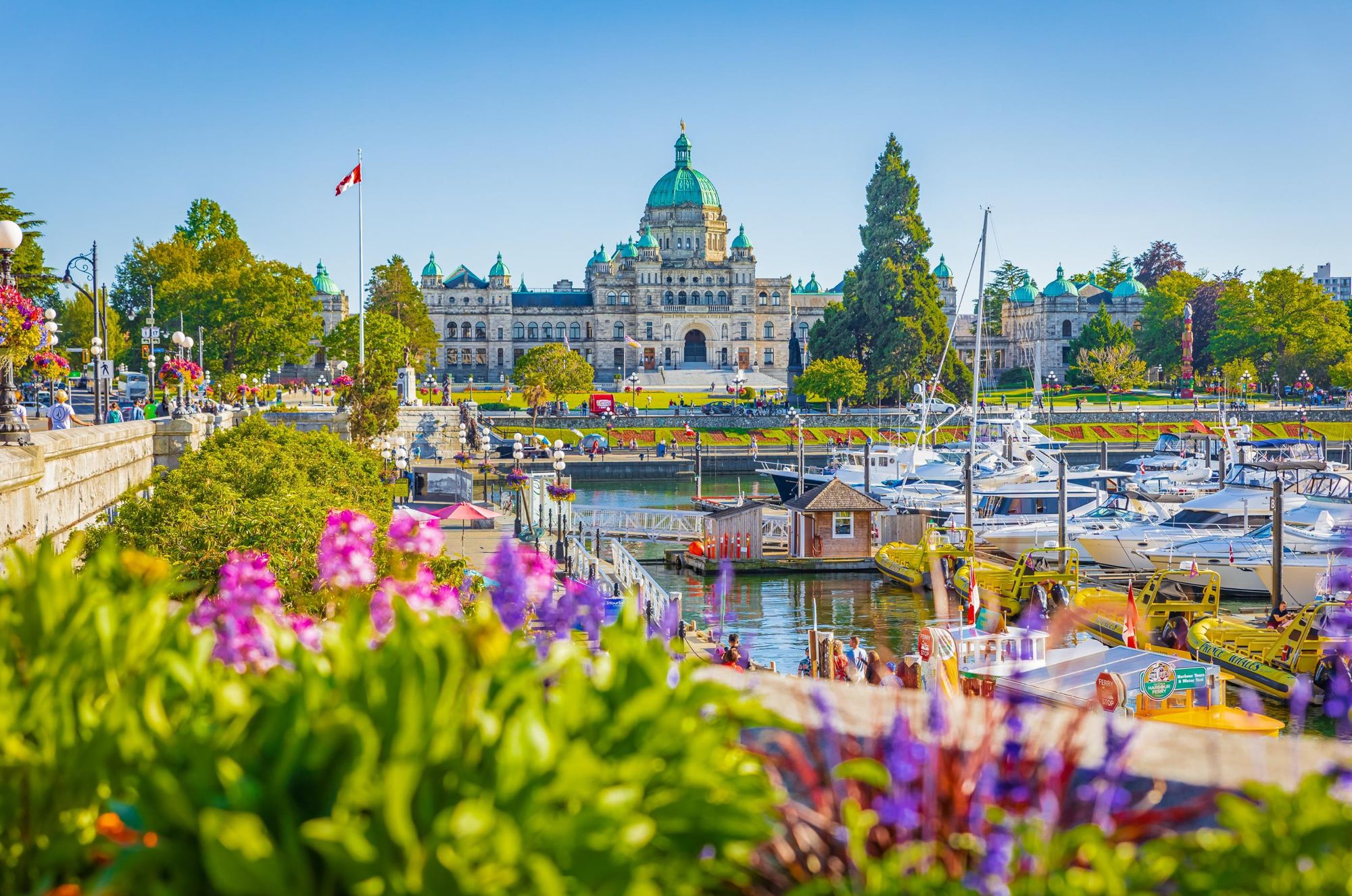
Victoria is the capital city of British Columbia. It’s a compact, walkable city located on the southern tip of Vancouver Island. Ferries from Vancouver arrive in Victoria, so most travellers end up here. Josiane recommends staying to explore, rather than just passing through.
“Victoria is a very pretty town, with colonial English style architecture,” Josiane says. “Victoria is such a walkable city, so you just get downtown, walk around admiring the buildings, and grab a meal—the fish and chips and the chowder there are amazing.
“A place that you absolutely need to visit is the Fisherman's Wharf, where you have boats in the marina and these floating houses that are really special to the place. There are lots of bars and restaurants there, too. You can catch a taxi boat to get there for the full experience. Another cool thing to do there is to rent a bike. There's a lot of bike paths everywhere. There's one that you can do where you're by the water all the time. It's beautiful.”
When is the Best Time of Year to Visit Vancouver Island?
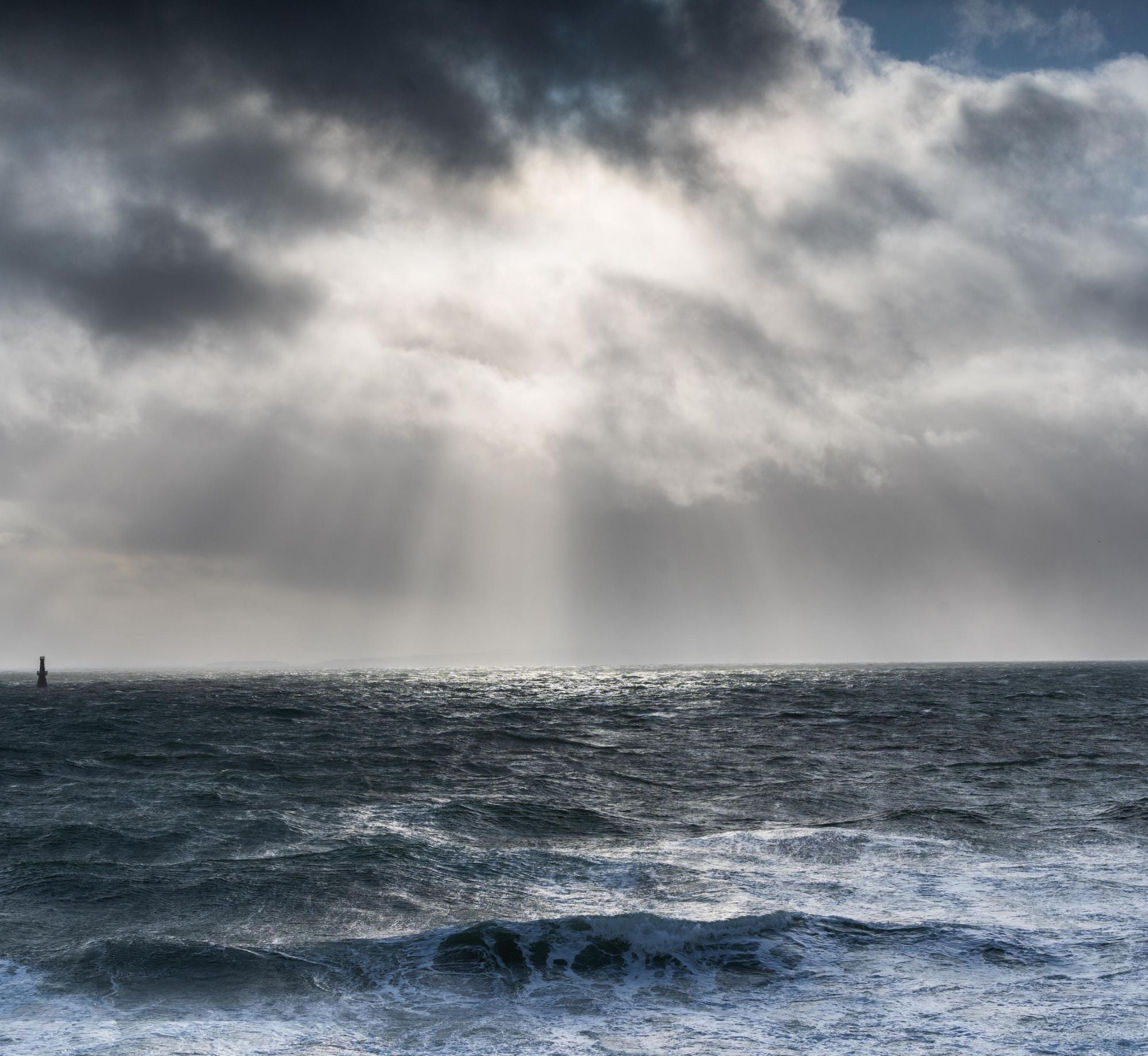
The most popular time to visit Vancouver Island is during the warmer months from May to September.
“The weather is best during these months, but it’s also the time period that the wildlife is most present as well,” says Josiane. “If you want to see the grizzly bears, come in August and September.
People come here to do storm travel. They rent a hotel with massive windows and just sit and look at the storm
“October and November is storm season. People come here to do storm travel. They rent a hotel with massive windows and just sit and look at the storm. It's pretty impressive with the waves crashing and the black sky and the lightening.
“Not many people travel to the island in the winter because it's cold, it's rainy, and there's not much you can do.Whistler would be a better winter destination for sure. But there is a ski resort on Vancouver Island, which you could visit during the coldest months.”
How to Get around Vancouver Island
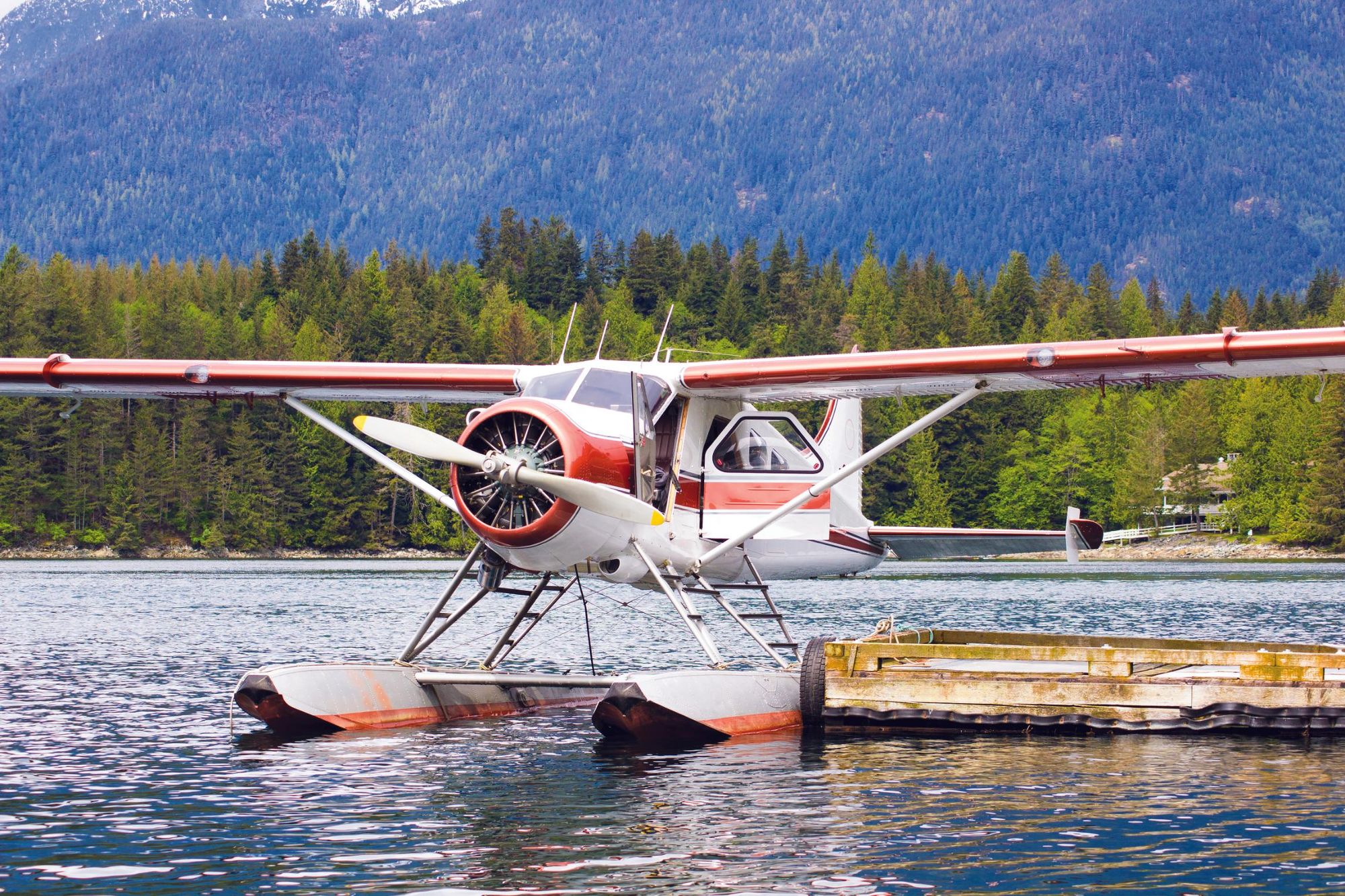
Bus: Island Link Bus runs a regular bus service between the island’s major towns, such as Victoria, Tofino, Nanaimo and Campbell River. It costs 120 CAD for a single journey from Victoria to Tofino (£65/$88), so car rental might be a more cost effective option for those travelling in small groups.
Car: Renting a car is the most popular way for independent travellers to explore Vancouver Island.
Boat: Some of Vancouver Island’s most picturesque locations—in particular, its offshore islands—are only accessible by boat. You’ll find numerous boat tours and water taxis (offering drop off and pick up) around the island, even in rural areas.
Plane: You can travel around the island via floatplane—an expensive but undeniably picturesque option.
How to Get to Vancouver Island

Ferry: There are regular ferry crossings from Vancouver to Victoria (90 mins) and Nanaimo (two hours), run by BC Ferries. Travelling this way also enables you to bring your car with you, useful on longer road trips across Canada.
Plane: There are daily scheduled flights to the three main airports on Vancouver Island (Victoria, Comox and Nanaimo) from the Canadian destinations of Calgary, Edmonton and Vancouver.
Feeling inspired? Check out our Ultimate Adventure in British Columbia and Vancouver Island.



